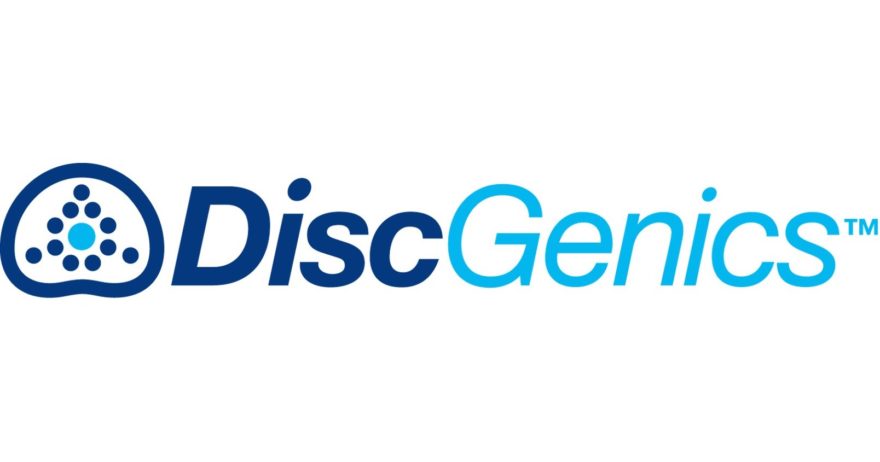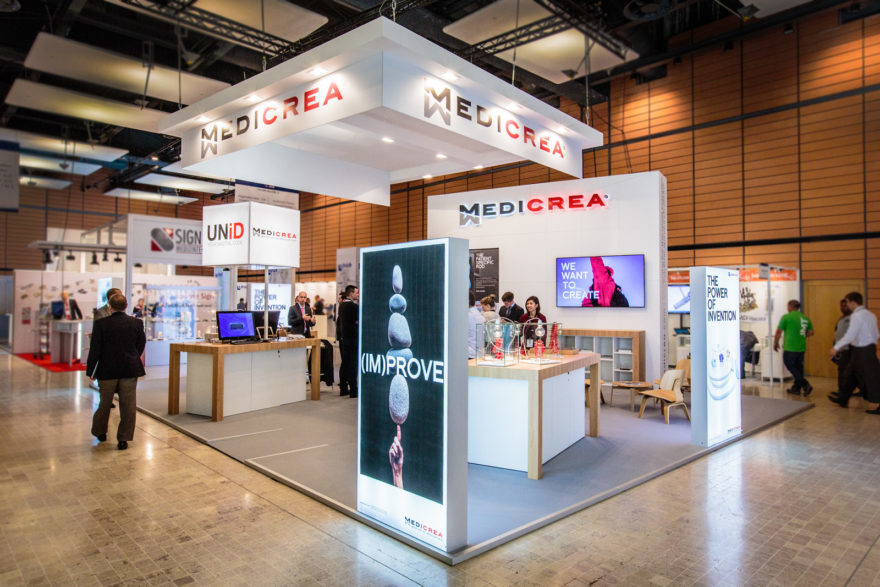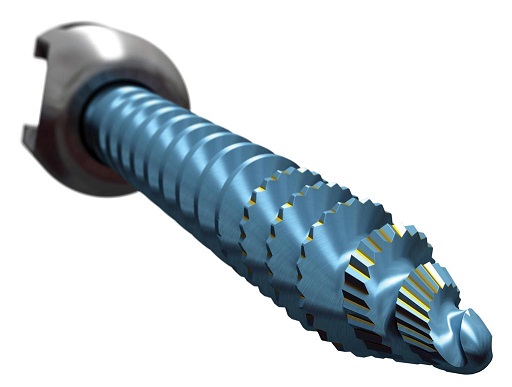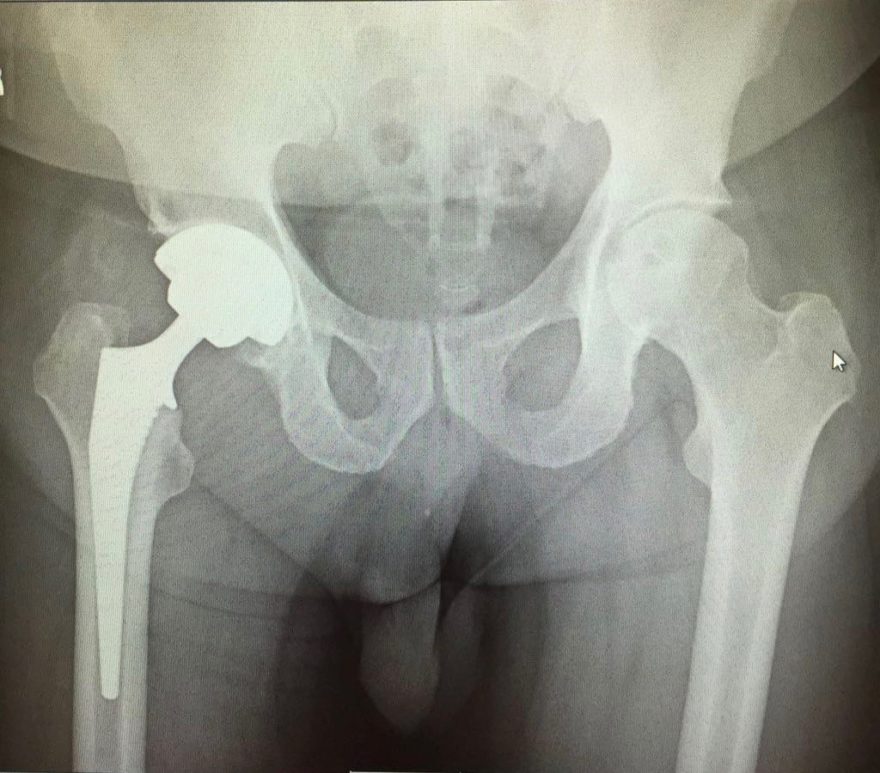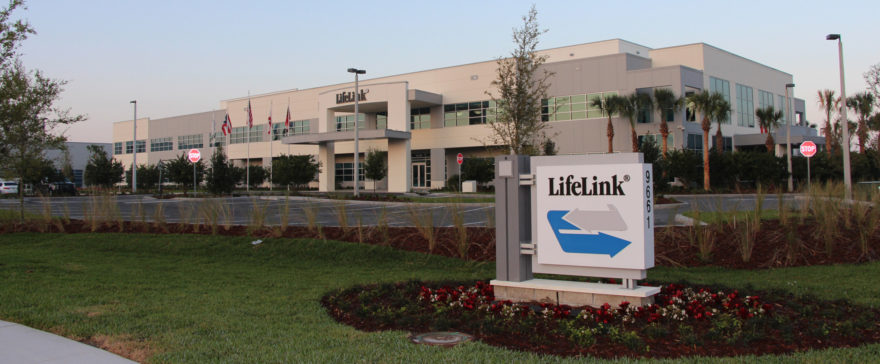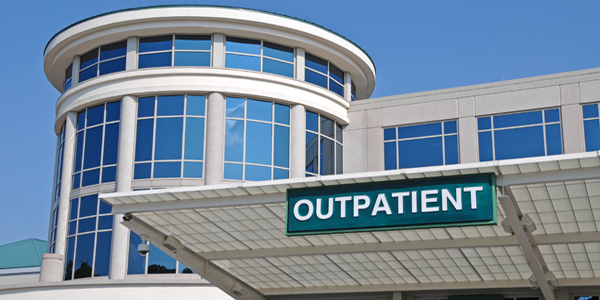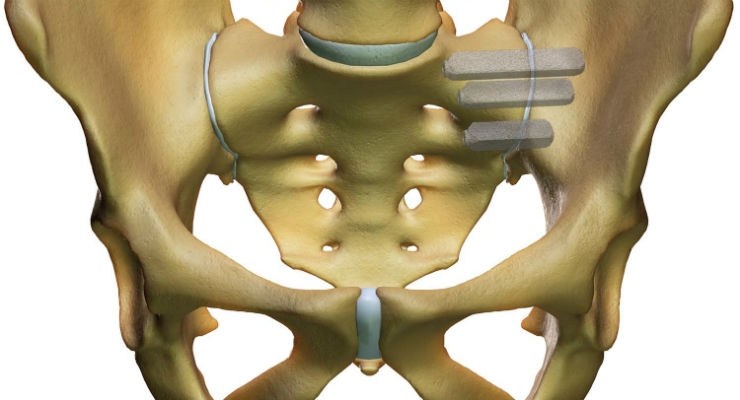26 Sep 17
Kuros, an orthobiologic company with several commercial-stage products, today announced the financial figures for the first six months of 2017. The Company reported significantly lower net operating costs of CHF 7.5 million and a substantial reduction of net loss of CHF 7.0 million (first half-year 2016: CHF 13.3 million) mainly due to the absence of non-recurring, non-cash charges. Cash reserves by mid-year 2017 amounted to CHF 21.4 million.
Summary of progress since the beginning of the year:
• All-share strategic acquisition of Xpand accelerates Kuros’ transition to commercial stage and provides an EU hub for future distribution, pre-clinical and manufacturing operations.
• Newly appointed CEO Dr. Ivan Cohen-Tanugi prepares Kuros for late-stage clinical development of Fibrin-PTH candidates and for product launches and commercialization in the United States of America and the European Economic Area.
• MagnetOs received clearance for commercialization in the Unites States as well as in Europe, while Neuroseal received clearance in Europe.
• Portfolio extension into new formulations and indications is well underway with MagnetOs Putty receiving market clearance in the United States and filing the product for CE marking in Europe.
• Successful placement of new shares strengthens Kuros’ equity base to fund future commercial activities and Fibrin-PTH development programs.
Dr. Ivan Cohen-Tanugi, Chief Executive Officer of Kuros, said: “The smooth integration of Xpand represents an important shift towards commercialization resulting in a orthobiologics company with commercial-ready products in the US and the EU.” He continued: “Kuros is focusing on differentiated biologics and devices, which improve patient and surgery outcomes. We strongly believe that our commitment to scientific evidence will differentiate our products and benefit patients and payers once our orthobiologics become available to surgeons next year.“
Key figures
| in TCHF, IFRS |
Six months ended |
Six months ended |
| Revenue |
534 |
1,055 |
| Research and development |
(2,211) |
(5,215) |
| General and administrative |
(6,777) |
(11,054) |
| Other income |
1,522 |
1,161 |
| Net operating costs |
(7,466) |
(15,108) |
| Key figures (ctd.) | ||
| Net financial result |
(247) |
955 |
| Net loss |
(6,970) |
(13,255) |
| Cash reserves |
21,417 |
17,446 |
| Number of employees (FTE) |
34 |
14 |
The Interim Report 2017 can be downloaded at www.kuros.ch/investors/reports-presentations.html.
In an all-share strategic business combination, Kuros acquired Dutch-based Xpand Biotechnology effective January 23, 2017. For accounting purposes Xpand has been identified as the acquiree. The total equity consideration is estimated at CHF 30.6 million, including contingent consideration of CHF 9.4 million. As part of the provisional purchase price allocation, Kuros identified currently marketed products with a preliminary fair value of CHF 7.3 million and in-process research and development with a preliminary fair value of CHF 19.2 million. The provisional purchase price allocation results in a goodwill of CHF 9.9 million.
Higher cash reserves due to capital increase
Funds available for financing the operations of Kuros amounted to CHF 21.4 million as per June 30, 2017. This is CHF 9.0 million higher than on December 31, 2016 (CHF 12.4 million). Cash levels decreased due to cash spent in operations and increased due to the proceeds from the rights offering conducted in June 2017.
The gross cash burn for operating activities, as calculated on the cash flow statement, was CHF 5.10 million during the first six months of 2017 or CHF 0.9 million in average per month, compared to CHF 3.8 million and CHF 0.6 million, respectively, in 2016.
Expenses for CE mark drive net result
Operating expenses decreased to CHF 7.5 million (first half-year 2016: CHF 15.1 million) primarily due to significantly lower non-cash expenses in connection with share-based payments occurred in the first six months of 2017. Expenses for research and development of CHF 2.2 million reflect costs for filing preparations, while expenses for general and administrative of CHF 6.8 million contained costs for personnel (CHF 4.2 million) and, among other expenses, costs associated with the business combination with Xpand. Revenues amounted to CHF 0.5 million (first half-year 2016: CHF 1.1 million) and originated primarily from a milestone payment for the CE mark certification of Neuroseal. Other income was CHF 1.5 million (first half-year 2016: CHF 1.1 million) and included proceeds from sub-lease agreements.
The net financial result was CHF –0.2 million (first half-year 2016: CHF 1.0 million). The net loss as per June 30, 2017 amounts to CHF 7.0 million compared to CHF 13.3 million in the corresponding period in 2016. The primary reason for the substantial decrease of CHF 6.3 million are the substantial one-time, non-recurring, non-cash-relevant charges occurred in conjunction with the business combination of Cytos Biotechnology AG and Kuros Biosurgery Holding AG in the first half-year 2016.
Dr. Ivan Cohen-Tanugi, Chief Executive Officer of Kuros, said: “The smooth integration of Xpand represents an important shift towards commercialization resulting in a orthobiologics company with commercial-ready products in the US and the EU.” He continued: “Kuros is focusing on differentiated biologics and devices, which improve patient and surgery outcomes. We strongly believe that our commitment to scientific evidence will differentiate our products and benefit patients and payers once our orthobiologics become available to surgeons next year.“
Key figures
| in TCHF, IFRS |
Six months ended |
Six months ended |
| Revenue |
534 |
1,055 |
| Research and development |
(2,211) |
(5,215) |
| General and administrative |
(6,777) |
(11,054) |
| Other income |
1,522 |
1,161 |
| Net operating costs |
(7,466) |
(15,108) |
| Key figures (ctd.) | ||
| Net financial result |
(247) |
955 |
| Net loss |
(6,970) |
(13,255) |
| Cash reserves |
21,417 |
17,446 |
| Number of employees (FTE) |
34 |
14 |
The Interim Report 2017 can be downloaded at www.kuros.ch/investors/reports-presentations.html.
In an all-share strategic business combination, Kuros acquired Dutch-based Xpand Biotechnology effective January 23, 2017. For accounting purposes Xpand has been identified as the acquiree. The total equity consideration is estimated at CHF 30.6 million, including contingent consideration of CHF 9.4 million. As part of the provisional purchase price allocation, Kuros identified currently marketed products with a preliminary fair value of CHF 7.3 million and in-process research and development with a preliminary fair value of CHF 19.2 million. The provisional purchase price allocation results in a goodwill of CHF 9.9 million.
Higher cash reserves due to capital increase
Funds available for financing the operations of Kuros amounted to CHF 21.4 million as per June 30, 2017. This is CHF 9.0 million higher than on December 31, 2016 (CHF 12.4 million). Cash levels decreased due to cash spent in operations and increased due to the proceeds from the rights offering conducted in June 2017.
The gross cash burn for operating activities, as calculated on the cash flow statement, was CHF 5.10 million during the first six months of 2017 or CHF 0.9 million in average per month, compared to CHF 3.8 million and CHF 0.6 million, respectively, in 2016.
Expenses for CE mark drive net result
Operating expenses decreased to CHF 7.5 million (first half-year 2016: CHF 15.1 million) primarily due to significantly lower non-cash expenses in connection with share-based payments occurred in the first six months of 2017. Expenses for research and development of CHF 2.2 million reflect costs for filing preparations, while expenses for general and administrative of CHF 6.8 million contained costs for personnel (CHF 4.2 million) and, among other expenses, costs associated with the business combination with Xpand. Revenues amounted to CHF 0.5 million (first half-year 2016: CHF 1.1 million) and originated primarily from a milestone payment for the CE mark certification of Neuroseal. Other income was CHF 1.5 million (first half-year 2016: CHF 1.1 million) and included proceeds from sub-lease agreements.
The net financial result was CHF –0.2 million (first half-year 2016: CHF 1.0 million). The net loss as per June 30, 2017 amounts to CHF 7.0 million compared to CHF 13.3 million in the corresponding period in 2016. The primary reason for the substantial decrease of CHF 6.3 million are the substantial one-time, non-recurring, non-cash-relevant charges occurred in conjunction with the business combination of Cytos Biotechnology AG and Kuros Biosurgery Holding AG in the first half-year 2016.
Status and Outlook
Kuros’ products are advancing according to plan with MagnetOs Putty having received clearance for commercialization in the United States and being filed for CE marking in Europe. The CE certification of the novel sealant Neuroseal in the European Union was obtained in June 2017. In light of the Company moving to commercial stage with MagnetOs and late-stage clinical with Fibrin PTH, Kuros has decided to streamline its organization and to make the position of Chief Technology Officer, currently held by Dr. Jason Schense, redundant. Therefore, the employment relationship with Dr. Schense has been terminated in accordance with the contractual notice period of six months and he ceases to be a member of the Executive Committee. Kuros thanks Jason Schense for his great contribution during these years.


